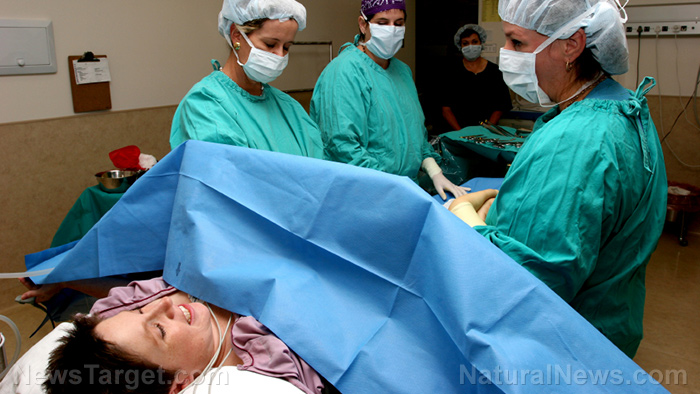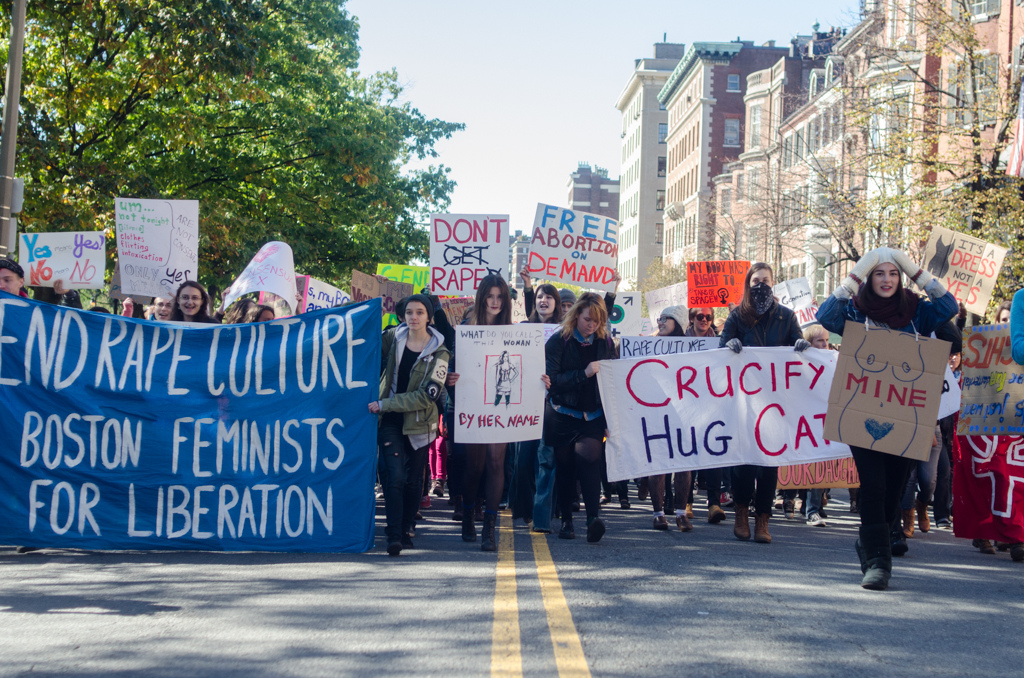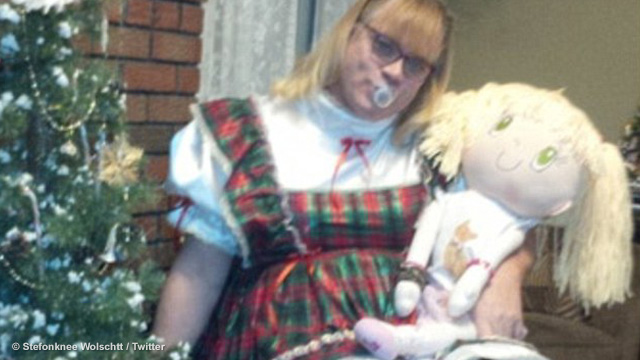Now we’re told pregnant women shouldn’t be referred to as “she” – new medical language guidelines claim it’s disrespectful
02/28/2018 / By Isabelle Z.

If you’re in the room with a woman giving birth, it’s always a good idea to make her feel as comfortable as possible. You want to talk soothingly to keep her stress down, but a new guide published in the British Medical Journal that the Royal College of Obstetricians and Gynecologists in the UK plans to adhere to takes this to an insane level as it bans the use of the word “she.”
The alternative language guide was developed for midwives on the pretense of creating a “culture of respect” for pregnant women. It provides alternative phrases for common terms that show just how ridiculous society’s obsession with political correctness has grown.
The study’s authors, Andrew D. Weeks, Catherine Williams, and Natalie Mobbs, write: “Although eyes may roll at the thought of ‘political correctness gone mad’, the change is well founded. Firstly, intrapartum care must keep in pace with and reflect changes in societal norms and expectations.”
Let’s take a look at some of the “poor language” and the “suggested alternative language” provided by the guide.
Some of their suggestions seem fairly reasonable. For example, “fetal distress” is considered poor language, and it’s easy to see how hearing that could send a woman’s blood pressure through the roof right at a time when she needs to keep her stress to a minimum. The suggested alternative of “changes in the baby’s heart rate pattern” is much less anxiety-inducing.
Likewise, it doesn’t seem like a bad idea to replace discouraging language with more positive terminology. Calling a “failed” induction an “unsuccessful” one instead conveys the same meaning without making women feel like failure, and calling “failure to progress” a “slow labor” could well ease women’s minds.
Other suggestions, however, seem to take these ideas entirely too far. For example, “she” is banned when the pregnant woman is present in the room. Instead, those attending her must use her name at all times and avoid talking about her in favor of talking to her. “She” is a pronoun that refers to women, so why can’t birth attendants use it in the midst of what is arguably one of the most female experiences there is?
They go on to say that a baby should not be referred to as a “big baby,” even though it’s an objective term based on measurements. Instead, it must be called a “healthy baby.” After all, we wouldn’t want to give any newborns a fat complex!
In the “respecting women as autonomous adults” section, the use of “Good girl!” to encourage women through labor is banned. Instead, the authors suggest saying “You’re doing really well.”
The guidelines also suggest saying “[Woman’s name’s] cervix is 7 cm dilated” instead of the much faster “She’s 7 cm.” There are moments in life where formality is preferable, but when a woman is in the throes of giving birth, isn’t it better to relay vital stats as quickly as possible?
It can only go downhill from here
At least we should be thankful they didn’t take it as far as one of the commenters on the BMJ website, who said she’d like to see gender-neutral language mixed in because “not every person giving birth identifies as a woman or mother.” Of course, we won’t be surprised to see that form part of the next edition of politically correct birthing terminology.
There is no doubt that some doctors and even midwives are sorely lacking in the good bedside manner department, but when a woman is giving birth, the focus should be on delivering the baby safely rather than worrying about potentially offending someone.
Sources for this article include:
Tagged Under: doctors, giving birth, language, left cult, Libtards, midwives, PC terms, political correctness, pregnancy, reason, stupid, Twisted




















